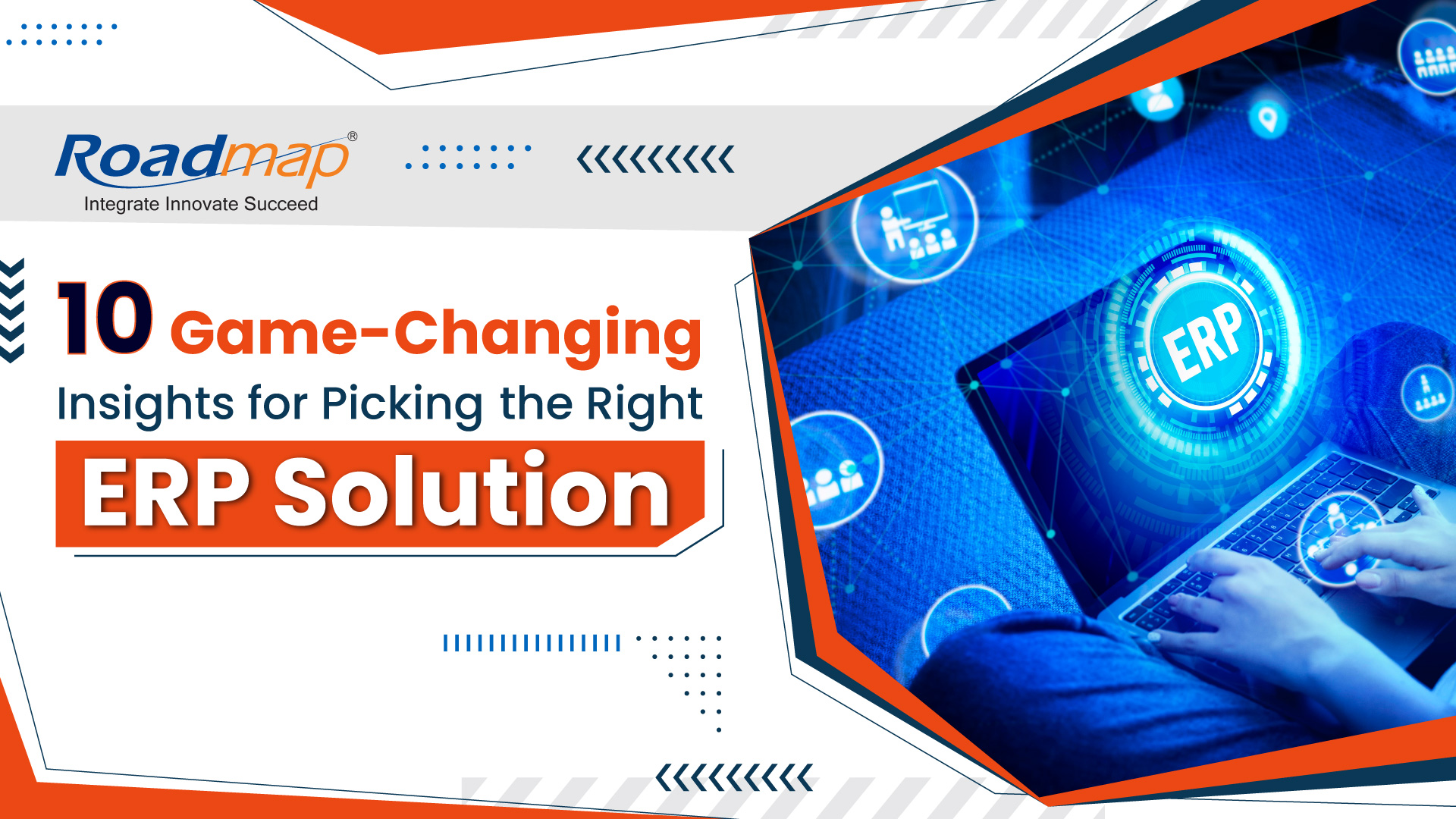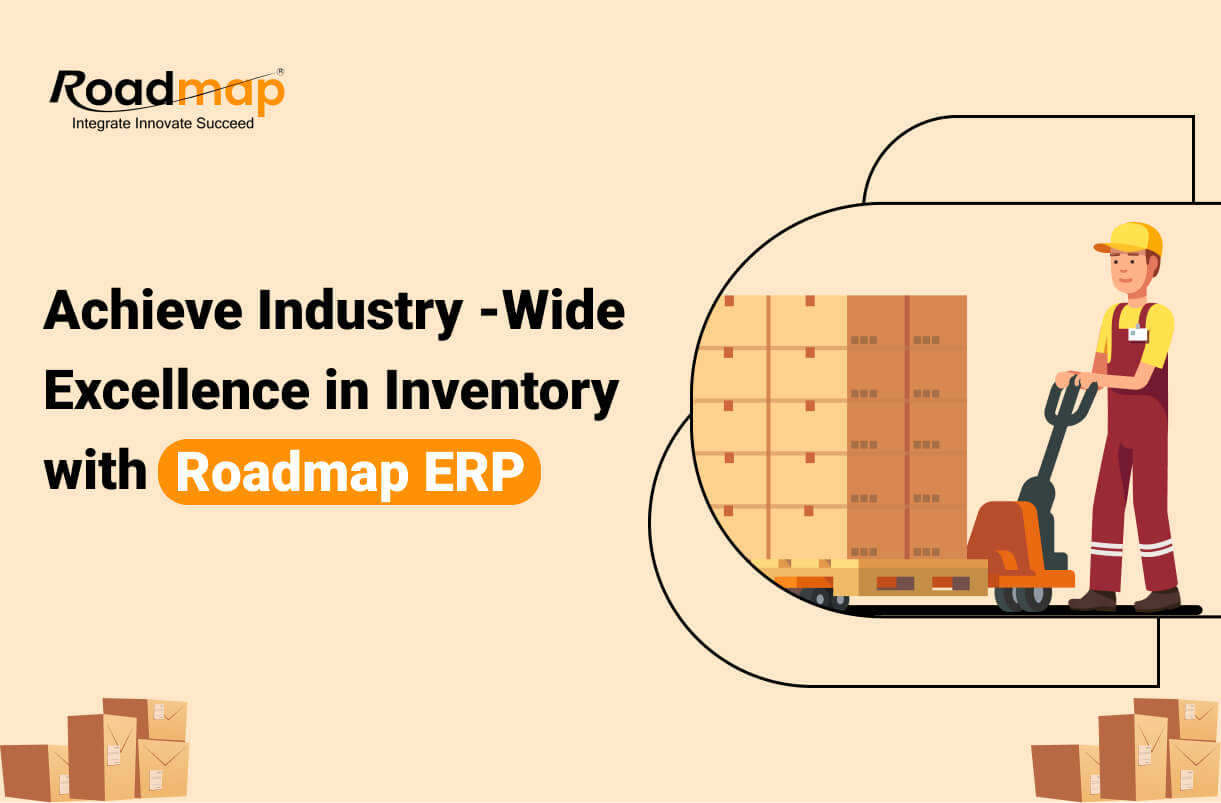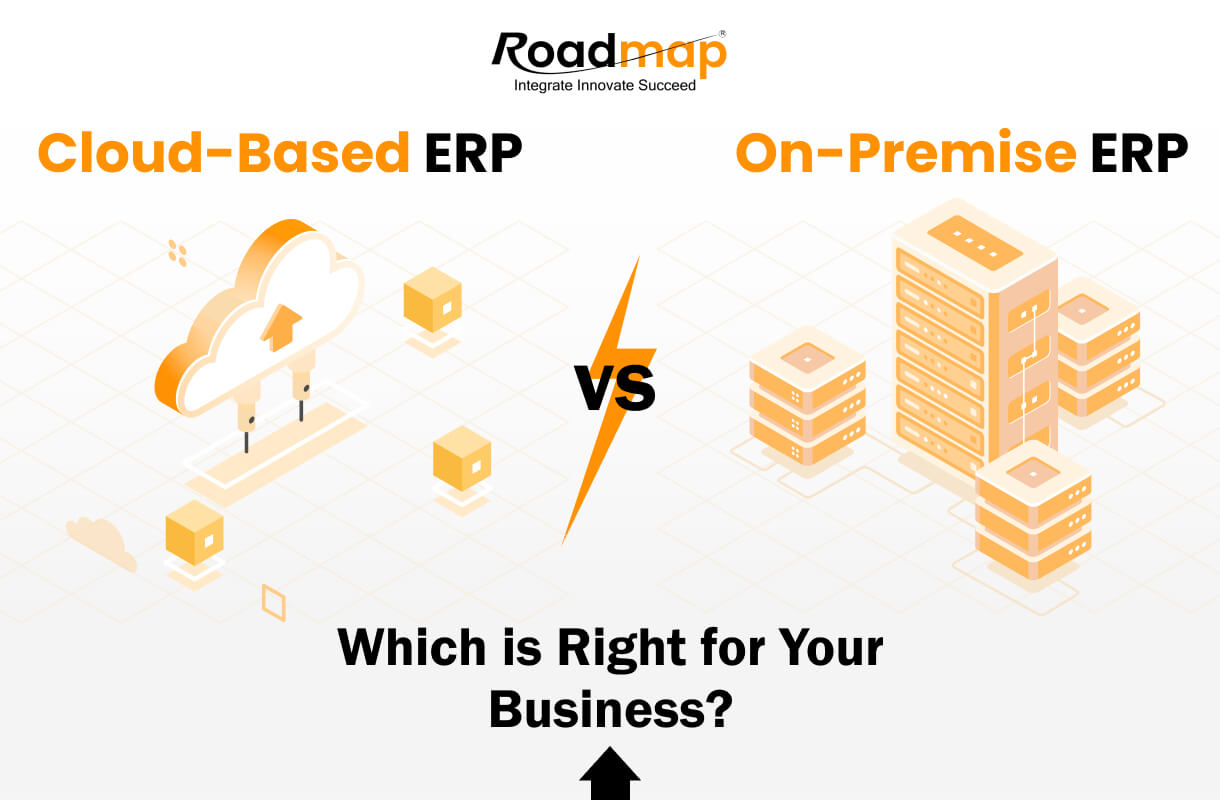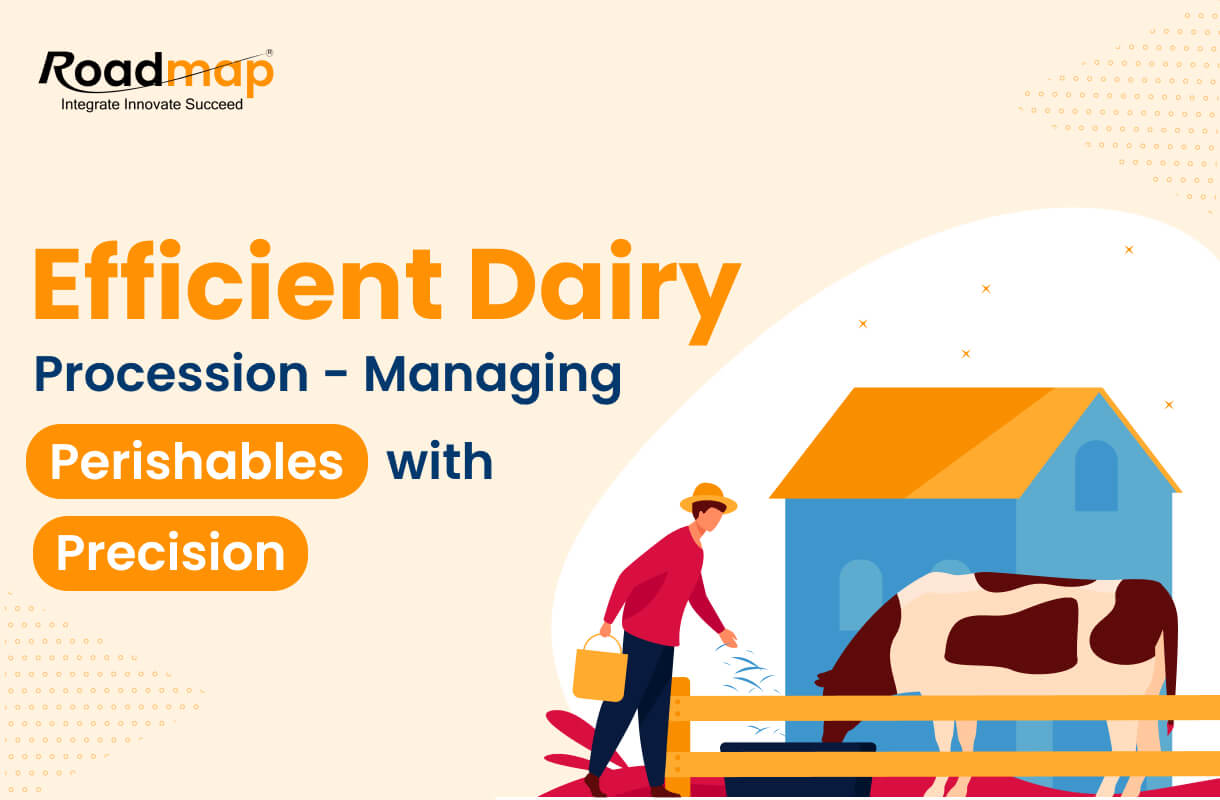Exploring the World of Technopolis ThroughBlogging

RoadmapIT
Nov 04, 2025
Comments (05)
ERP for Sand/Iron Casting: Improving Production Efficiency and Reducing Waste
Production efficiency and waste reduction are critical to achieving profitability and sustainability in the competitive sand and iron casting industry. With fluctuating demand, complex supply chains, and the constant need for precision, businesses in this industry face unique challenges.
Implementing an Enterprise Resource Planning (ERP) system designed specifically for the metal casting industry can revolutionize operations, offering enhanced efficiency, flexibility, and real-time insights. Here’s how:
The Challenges in Sand/Iron Casting
Before diving into ERP solutions, it’s essential to understand the pain points common in sand and iron casting:
-
1. Complex Production Processes: Casting involves intricate steps, including molding, melting, pouring, and cooling. Synchronizing these stages can be daunting.
-
2. Material Waste: Without proper planning, overuse or underutilization of raw materials such as sand, iron, and additives leads to significant waste.
-
3. Energy Costs: The high energy consumption in casting makes cost efficiency a pressing concern.
-
4. Inventory Management: Managing inventory for molds, cores, and finished products is tricky without an integrated system.
-
5. Quality Assurance: Delivering flawless castings while adhering to strict timelines requires robust quality checks.
How ERP Solves These Challenges
An ERP system tailored for the sand and iron casting industry can address these issues through streamlined processes and enhanced visibility:
1. Improved Production Planning
ERP systems provide tools to create and manage production schedules with precision. Real-time data ensures:
-
Optimal allocation of resources.
-
Reduced machine downtime.
-
Timely delivery of orders.
2. Waste Reduction Through Automation
With ERP’s automation features, businesses can:
-
Accurately measure material requirements to minimize excess.
-
Track scrap and rework rates to identify waste sources.
-
Monitor furnace efficiency to save energy.
3. Real-Time Data and Analytics
ERP systems consolidate data from every aspect of production, offering actionable insights:
-
Track material usage and production rates in real time.
-
Analyze trends to forecast demand and optimize inventory.
-
Identify bottlenecks and inefficiencies instantly.
4. Enhanced Inventory Management
Gone are the days of manual tracking. ERP provides:
-
Accurate inventory counts for raw materials, in-process items, and finished goods.
-
Automated reordering to prevent stockouts or overstocking.
-
Batch tracking for traceability and compliance.
5. Quality Control Integration
Built-in quality management modules ensure that every casting meets specifications. Features include:
-
Digital inspection reports.
-
Automated alerts for deviations.
-
Seamless integration with testing equipment.
Flexibility for All Business Sizes
Whether you’re a small foundry or a large-scale casting enterprise, ERP systems can be scaled to meet your needs. Cloud-based ERP solutions are particularly beneficial for small and medium enterprises (SMEs), offering affordability and accessibility without compromising functionality.
Real-World Benefits of ERP in Casting
Let’s look at tangible outcomes experienced by metal casting businesses using ERP:
-
Increased Productivity: One foundry reported a 20% increase in output after implementing ERP due to better workflow coordination.
-
Reduced Material Waste: A medium-sized enterprise saved 15% on raw material costs by optimizing material usage.
-
Faster Decision-Making: Real-time reporting enabled a casting company to cut lead times by 30%, enhancing customer satisfaction.
Real-World Applications: Success Stories
Case Study: A Medium-Sized Dairy Farm
A dairy farm producing 10,000 liters of milk daily faced challenges with inventory spoilage and manual reporting errors. After implementing a dairy-specific ERP system:
-
Spoilage was reduced by 30% through real-time tracking of raw materials.
-
Operational costs dropped by 15% due to automated production scheduling.
-
Compliance became hassle-free, saving hours previously spent on manual reporting.
Key ERP Features to Look For
When selecting an ERP system for your casting operations, prioritize these features:
-
Production Scheduling and Tracking Ensure it can handle complex workflows with multiple dependencies.
-
Materials Management Look for robust inventory and procurement modules.
-
Energy and Cost Monitoring A system that tracks energy usage helps manage costs effectively.
-
Customizable Dashboards Real-time visibility into KPIs tailored to your operations.
-
Integration Capabilities Ensure it integrates with existing systems, such as CAD/CAM tools and quality inspection software.
Conclusion: A Smarter Future for Casting
Adopting an ERP system isn’t just about technology; it’s about transforming the way your business operates. For sand and iron casting businesses, ERP can mean the difference between surviving and thriving. By improving production efficiency, reducing waste, and providing real-time insights, ERP empowers you to make informed decisions, stay competitive, and meet the demands of a dynamic market.
If your casting operations are struggling with inefficiencies or you’re simply looking to scale smarter, now is the time to explore ERP solutions tailored to your industry.
Ready to revolutionize your metal casting business? Let ERP pave the way!
ERP ERPSoftware ERPforCastingIndustry Forecasting IronCasting SandCasting
